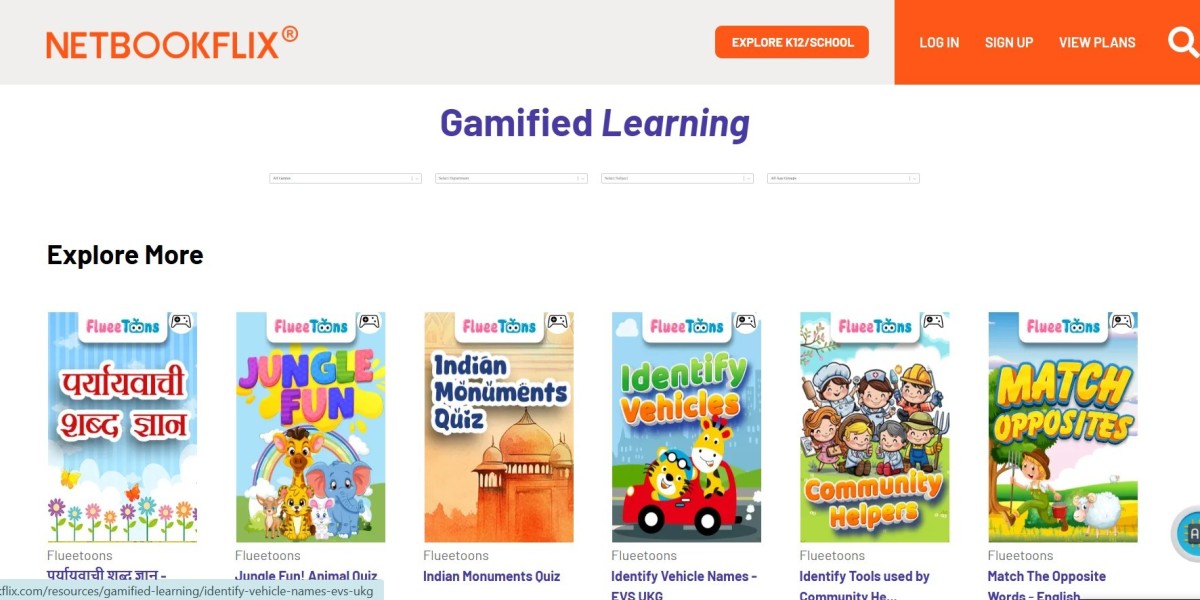Learning short videos offer quick, engaging ways to absorb new information without demanding long periods of focus. These videos are designed to break down complex topics into simple, digestible segments, making education accessible and efficient for viewers of all ages.
They effectively combine visuals, concise explanations, and interactive elements to enhance retention and understanding in just a few minutes. Platforms like PBS KIDS, TED-Ed, and National Geographic Kids provide a variety of content suited for different learning needs and interests, from science and math to social skills.
By using learning short videos, educators and parents can support diverse learning styles and fit education into busy schedules. This approach encourages consistent engagement and reinforces key concepts through repetition and variety.
Fundamentals of Learning Short Videos
Learning short videos deliver focused content in brief segments that fit into busy schedules. They rely on concise communication, visual aids, and accessibility to support quick understanding and retention. Different platforms and engagement techniques enhance how learners interact with and benefit from these videos.
What Are Learning Short Videos
Learning short videos are concise educational videos typically lasting between a few seconds and up to 10 minutes. They concentrate on single topics or key concepts, avoiding lengthy explanations or unrelated content.
These videos utilize visuals, narration, and text to explain ideas clearly and efficiently. Their brevity allows learners to absorb information in quick sessions, making them suitable for on-the-go learning or review.
Microlearning videos often fit this format, offering bite-sized lessons that can be accessed anytime across devices. They are commonly used in classrooms, corporate training, and self-directed learning.
Benefits of Short-Form Educational Content
Short-form educational videos improve focus by breaking down complex topics into manageable segments. This format suits limited attention spans and busy lifestyles, enabling learners to engage without feeling overwhelmed.
They promote better retention through repetitive, focused exposure to concepts. Visual elements support memory by associating information with images and motion.
These videos are accessible on mobile devices, increasing learning opportunities outside traditional settings. They also facilitate just-in-time learning by providing quick answers or refresher explanations.
Instructors use short videos to introduce or preview topics, priming students for deeper study. The combination of clarity and convenience enhances motivation and consistent progress.
Popular Platforms for Learning Short Videos
Popular platforms hosting learning short videos include YouTube Shorts, TikTok, Instagram Reels, and Snapchat Spotlight. Each supports videos generally under one minute, optimized for mobile viewing.
YouTube Shorts is favored in education for its broad reach and ability to integrate with longer content. TikTok blends entertainment with education, appealing especially to younger audiences.
Instagram Reels and Snapchat Spotlight allow quick sharing and discovery, encouraging engagement through comments and reposting.
Educational websites and apps often embed these videos or create proprietary short clips tailored to their curriculum or training objectives, expanding options beyond social media.
| Platform | Typical Length | Strength | Target Audience |
|---|---|---|---|
| YouTube Shorts | Up to 60 secs | Wide reach, integration | General learners |
| TikTok | Up to 60 secs | Engagement, viral potential | Younger users |
| Instagram Reels | Up to 60 secs | Social sharing | Visual content lovers |
| Snapchat | Up to 60 secs | Quick discovery | Mobile native users |
User Engagement Strategies
Effective learning short videos use attention-grabbing hooks in the first few seconds to maintain viewer interest. Clear objectives and pacing ensure learners understand the key message quickly.
Interactive elements such as quizzes, polls, or prompts to comment increase participation and reflection. This feedback loop reinforces learning and helps educators assess comprehension.
Visually appealing graphics and captions make content accessible even without sound, catering to diverse environments and learning styles.
Regular release schedules and playlists encourage habitual viewing and structured learning paths. Personalization, like topic selection or difficulty levels, further engages learners.
Combining these approaches maximizes the video’s impact and supports sustained educational outcomes.
Best Practices for Creating Learning Short Videos
Effective short learning videos hinge on clear scripting, purposeful visuals and sound, and reliable ways to gauge viewer understanding. Every element must serve a precise educational goal while maintaining learner engagement and retention.
Designing Compelling Educational Scripts
Scripts should center on a single learning objective to maintain focus. The language must be concise and clear, avoiding jargon unless thoroughly explained.
Narrative flow matters. Scripts should open with a brief introduction of the topic, followed by key points, and end with a concise summary or call to action.
Using active voice and direct statements improves clarity. Including questions or prompts can also boost engagement and help learners reflect.
Timing is critical. A script for a short video should aim for 3 to 5 minutes to keep attention without overwhelming the learner.
Effective Visual and Audio Elements
Visuals must support, not distract from, the content. Simple graphics, bullet points, and relevant animations help clarify complex ideas.
Audio should be clear and paced appropriately. Using a consistent tone and volume enhances learner focus. Background music, if used, must be subtle and unobtrusive.
Text on screen can reinforce spoken words but should be minimal. Use high-contrast colors and readable fonts to ensure accessibility.
Transitions between sections should be smooth and purposeful, avoiding unnecessary effects that dilute the message.
Measuring Viewer Success
Metrics such as video completion rates and quiz results after viewing offer insight into effectiveness.
In-video assessments like polls or short quizzes can immediately gauge learner understanding.
Analyzing drop-off points pinpoints where viewers lose interest or struggle, guiding content improvements.
Gathering qualitative feedback through surveys helps to understand learner perceptions and practical value.
Tracking these data supports continuous refinement, ensuring videos meet their educational goals.













